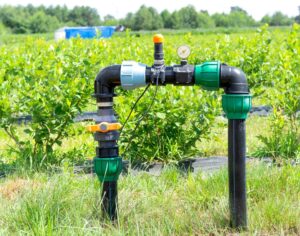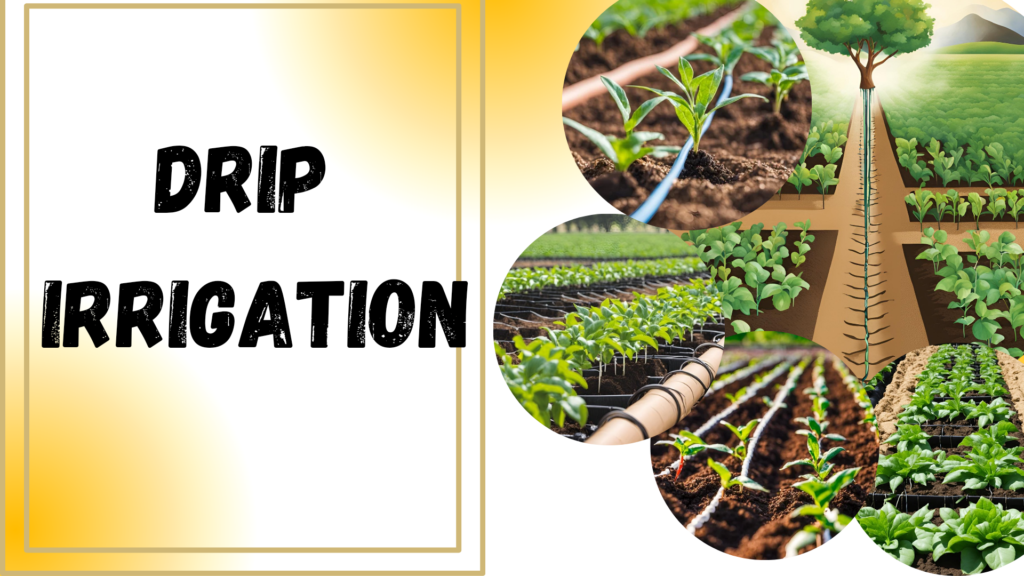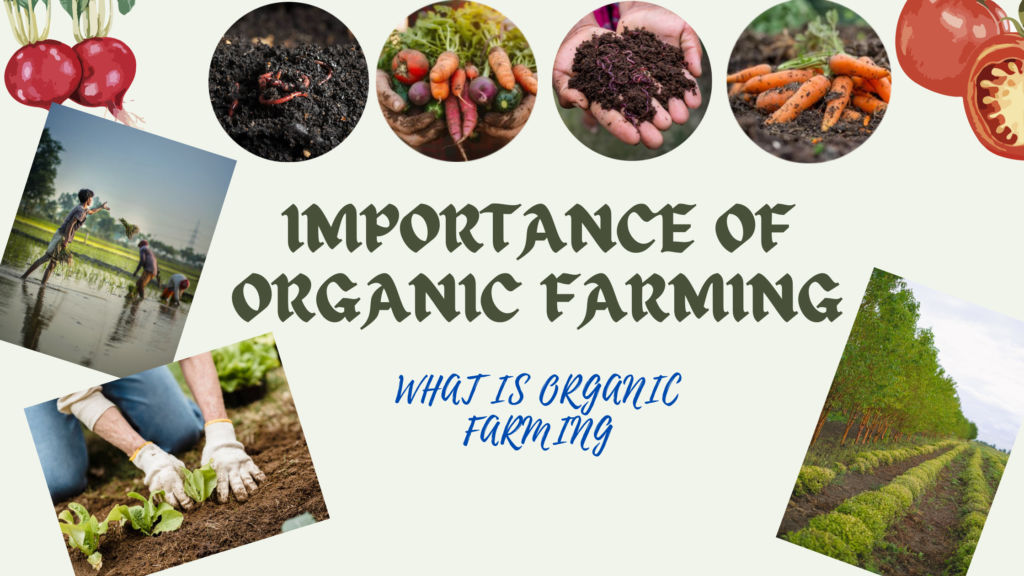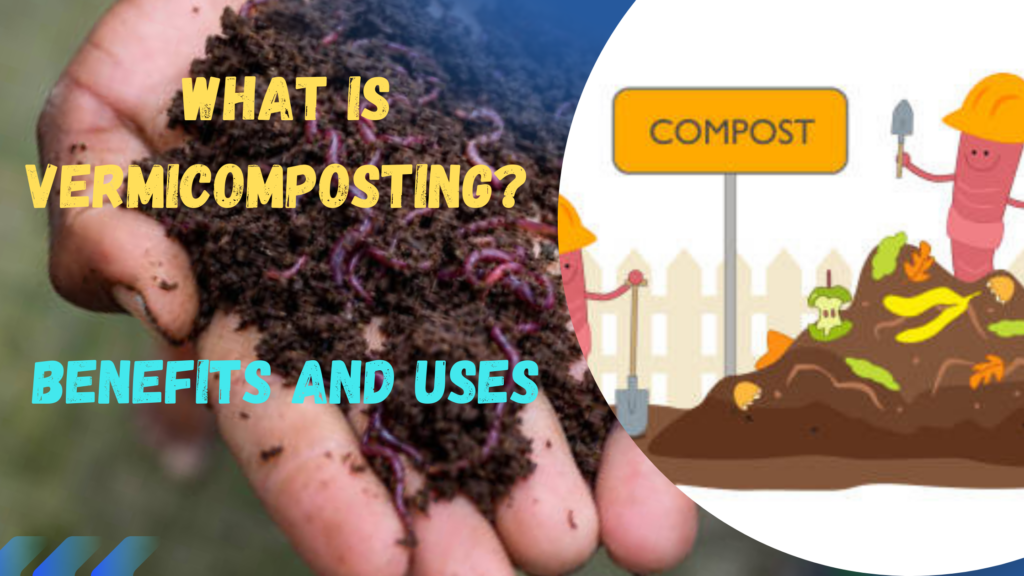As the global focus shifts towards sustainable and efficient resource use, drip irrigation has emerged as a leading solution for optimizing water use in agriculture and gardening. Whether you’re a seasoned farmer or a home gardener, understanding and implementing drip irrigation can save water, reduce labor, and improve plant health. In this blog post, we’ll explore what drip irrigation is, its benefits, and how you can get started with this innovative watering system.
What Is Drip Irrigation?
Drip irrigation is a method of delivering water directly to the base of plants through a network of tubes, pipes, and emitters. This system ensures that water is applied slowly and precisely to the plant’s root zone, minimizing waste and maximizing efficiency. Unlike traditional sprinkler systems that can lose water to evaporation and runoff, drip irrigation targets the soil where it’s needed most, promoting better growth and conservation.
How Does Drip Irrigation Work?
Drip irrigation systems consist of several key components:
- Mainline or Supply Line: This is the primary tube that carries water from the source to the various parts of the irrigation system.

- Filter: A filter is essential to remove any debris or particles from the water that could clog the system.

- Pressure Regulator: Drip irrigation requires consistent, low pressure to function correctly. A pressure regulator ensures that the water pressure is suitable for the emitters.

- Emitters: These are small devices that control the flow of water and deliver it to the plant roots. Emitters can be adjusted to provide different flow rates based on the needs of the plants.

- Drip Tubing or Hoses: Flexible tubing delivers water from the mainline to the individual plants. Tubing can be customized to fit the layout of your garden or field.
- Emitters or Drippers: Attached to the drip tubing, emitters release water at a slow, controlled rate. They can be placed near the base of each plant or spaced along the tubing.
- Connections and Valves: Various fittings, connectors, and valves are used to assemble the system and control the flow of water to different sections of your garden or field.
The Benefits of Drip Irrigation
- Water Efficiency: Drip irrigation delivers water directly to the plant roots, reducing evaporation and runoff. This efficiency can save up to 50% more water compared to traditional irrigation methods.
- Improved Plant Health: By providing consistent moisture directly to the roots, drip irrigation helps prevent over-watering and under-watering. This results in healthier plants and better yields.
- Reduced Weed Growth: Since water is delivered precisely where it’s needed, the surrounding soil remains drier, which reduces the growth of weeds.
- Minimized Soil Erosion: Drip systems apply water slowly, which helps to prevent soil erosion caused by heavy water flow.
- Labor Savings: Once installed, drip irrigation systems require minimal maintenance and can be automated with timers and sensors, reducing the need for manual watering.
- Flexibility: Drip irrigation systems can be customized to suit a variety of plants and garden layouts, from small home gardens to large agricultural fields.
Getting Started with Drip Irrigation
- Plan Your System: Assess your garden or field layout and determine the water needs of your plants. Plan where to place the mainline, emitters, and tubing to ensure optimal coverage.
- Choose the Right Components: Select components based on the size of your garden, the types of plants you’re growing, and your water source. Quality filters and pressure regulators are crucial for preventing clogging and maintaining system efficiency.
- Install the System: Start by laying out the mainline and connecting it to the water source. Attach the filter, pressure regulator, and tubing, and then install the emitters at the appropriate locations. Ensure all connections are secure to prevent leaks.
- Test and Adjust: Once installed, test the system to check for even water distribution and adjust the flow rates if necessary. Regularly monitor the system to ensure it’s functioning correctly.
- Automate If Possible: Consider adding a timer or moisture sensor to automate watering and further optimize water use. Automation can save time and ensure your plants receive consistent care.
- Maintain the System: Regularly clean filters and check for clogs or leaks. Inspect tubing and emitters to ensure they are functioning properly and replace any damaged components.
Tips for Successful Drip Irrigation
- Group Plants by Water Needs: For optimal efficiency, group plants with similar water requirements together and use separate zones or lines for different groups.
- Monitor Soil Moisture: Use soil moisture sensors or check soil conditions manually to ensure the system is providing adequate moisture.
- Adjust for Seasons: Modify the watering schedule and flow rates based on seasonal changes and plant growth stages.
- Prevent Freezing: In colder climates, ensure that the system is drained or protected from freezing temperatures during winter.
Conclusion
Drip irrigation is a highly efficient and effective method for watering plants, offering numerous benefits including water conservation, improved plant health, and reduced labor. By carefully planning and implementing a drip irrigation system, you can achieve better results in your garden or farm while contributing to a more sustainable approach to water use.
Whether you’re a home gardener or managing a large-scale farm, drip irrigation can revolutionize how you approach watering. Dive into this method and experience the advantages firsthand. Have questions or experiences with drip irrigation? Share them in the comments below—we’d love to hear from you!
Happy watering! 🌿💧
If you too want to learn about AI in Agriculture and get valuable tips, visit https://farming.org.in/ai-in-agriculture-future-of-farming/



Hey, if you are looking for more resources, check out my website Article Home as I cover topics about SEO. By the way, you have impressive design and layout, plus interesting content, you deserve a high five!